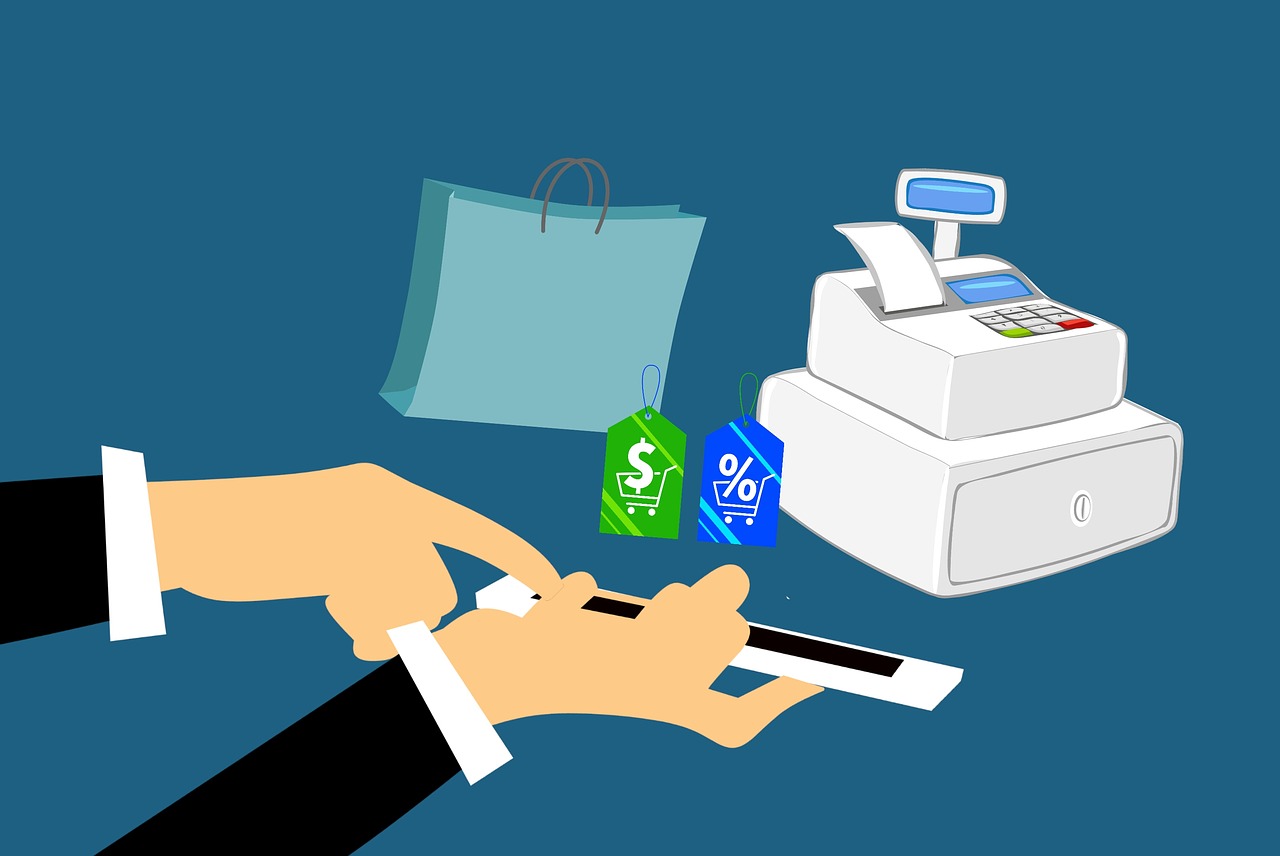Behind the Buy Button: Understanding E-commerce Transactions
E-commerce has revolutionized the way we shop, offering unparalleled convenience, variety, and accessibility. But have you ever wondered what magic happens behind the scenes when you click the “Buy” button on your favorite online store?
This blog post pulls back the curtain on e-commerce transactions, exploring the intricate processes that make seamless online shopping possible.
The Journey of an E-commerce Transaction
When you find that must-have item and click the “Buy” button, a complex journey begins in the digital background, involving several key players, including the e-commerce platform, payment gateways, banks, and sometimes, third-party services. Here’s a step-by-step breakdown:
- Initiating the Transaction: The moment you click “Buy,” the e-commerce platform captures the product details, quantity, and price. It then securely sends your order and payment information to a payment gateway for processing.
- Payment Authorization: The payment gateway verifies the transaction details, encrypts the data, and forwards it to the merchant’s acquiring bank. The bank then routes this information to the card network (Visa, MasterCard, etc.), which finally reaches your issuing bank for authorization.
- Fraud Checks: Before approving the transaction, the issuing bank performs several fraud checks, analyzing the transaction for any red flags based on your spending habits, available balance, and card security details.
- Transaction Approval or Denial: If everything checks out, your bank approves the transaction, sending an approval code back through the card network to the merchant’s bank and then to the payment gateway. If there’s an issue, the transaction is denied, and you’re notified to try another payment method.
- Order Fulfillment: Upon receiving transaction approval, the e-commerce platform confirms the sale, updates inventory levels, and initiates the order fulfillment process, which includes picking, packing, and shipping your order.
- Settlement: Finally, the transaction amount (minus any fees owed to the payment processors) is transferred from your bank to the merchant’s bank account, typically within a few days. The e-commerce platform then marks the transaction as complete.
Credit Card Payment Processing for Nonprofits: Simplifying Donations
Just as e-commerce platforms have streamlined the process of purchasing goods and services online, credit card payment processing systems have significantly simplified the way donations are made to nonprofits. This technology allows for secure, quick, and hassle-free transactions, making it easier for supporters to contribute to causes they care about.
For nonprofits, adopting efficient credit card payment solutions means not only broadening their donor base but also increasing the likelihood of recurring donations. These systems can integrate seamlessly into a nonprofit’s website or fundraising platform, offering features like customizable donation forms, automatic receipt generation, and robust reporting tools for tracking donations over time.
This simplifies the donation process for both the donor and the organization, ensuring that more of the focus can remain on the mission rather than on administrative tasks.
Key Players in E-commerce Transactions
- E-commerce Platform: The website or app where you shop.
- Payment Gateway: A service that securely transmits payment information from the e-commerce platform to the payment processors.
- Merchant’s Acquiring Bank: The retailer’s bank that receives the payment.
- Card Network: The system (e.g., Visa, MasterCard) that processes the payment between the banks.
- Issuing Bank: Your bank that issued your debit or credit card.
Challenges in E-commerce Transactions
While the process may seem straightforward, e-commerce transactions face several challenges, including:
- Security Risks: Protecting sensitive financial information from cyber threats requires robust encryption and compliance with security standards like PCI DSS.
- Fraud Prevention: E-commerce platforms must balance strict fraud detection measures with not overly complicating the checkout process for legitimate customers.
- Technical Issues: Glitches in payment gateways or issues with bank communications can lead to failed transactions and frustrated customers.
Enhancing the E-commerce Transaction Experience
To address these challenges and streamline the buying process, many e-commerce platforms are adopting advanced technologies and practices, such as:
- One-Click Purchasing: Stores payment and shipping information securely to enable quick, hassle-free repeat purchases.
- Mobile Wallet Integration: Allows payments through mobile wallets like Apple Pay or Google Wallet for a faster checkout process.
- Artificial Intelligence: Employs AI for real-time fraud detection without slowing down legitimate transactions.
Behind every click of the “Buy” button is a complex symphony of technology and cooperation among various financial entities, all working together to ensure a smooth and secure e-commerce transaction.
As technology advances, the process will continue to become faster, safer, and more user-friendly, further enhancing the online shopping experience.
Understanding the intricacies of e-commerce transactions not only demystifies the process but also highlights the importance of security and innovation in the digital marketplace. As consumers, gaining insight into this process can help us appreciate the convenience and effort involved in making our online shopping experiences seamless and secure.


